| Colus jeffreysianus (P. Fischer, 1868) |
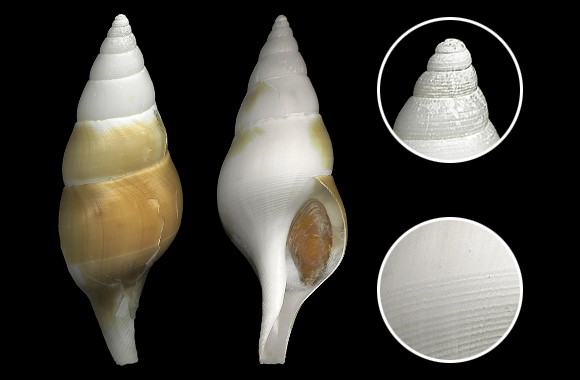 |
Norway to Morocco, Azores to Alborán Sea. Scavenger and predator on soft sediments, from the shallow water (north) down to continental shelf and slope. Basionym: Fusus jeffreysianus. Synonyms: attenuatus, gracile, propinquus… The shell is a bit more globose than in Colus gracilis.
150-180m deep, off Málaga, Andalucia, S. Spain. 58mm. |
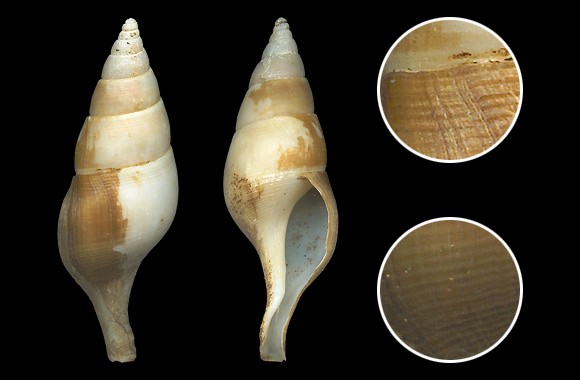 |
| Trawled at 600m deep in Alborán sea. 53,5mm. |
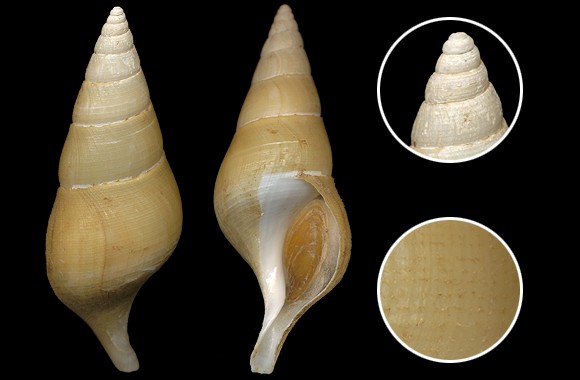 |
Other synonyms: pertenuis, pupoidea, pupula, turritum etc.
The sculpture is weaker and finer than in gracilis.
400-600m deep, off Peniche, Estremadura, Portugal. 59mm. |
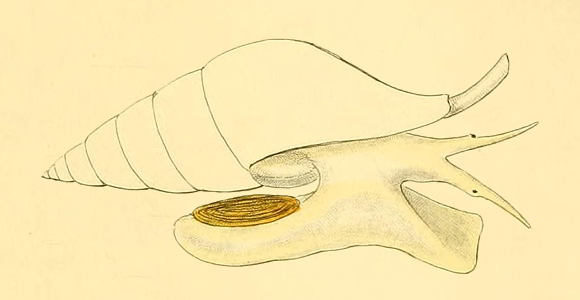 |
| The animal in Forbes & Hanley: A history of British Mollusca and their shells vol. I, London 1853, plate SS. |
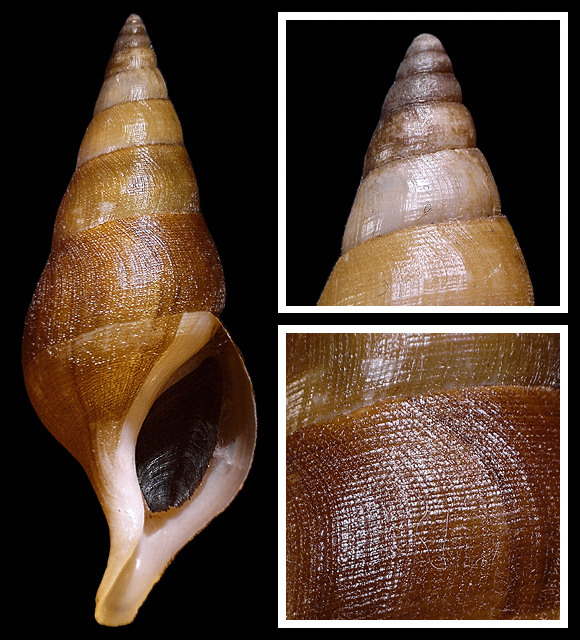 |
| 200m deep, on sandy mud, off Peniche. 74,7mm. |
| The atlantic Colus gracilis (da Costa, 1778) |
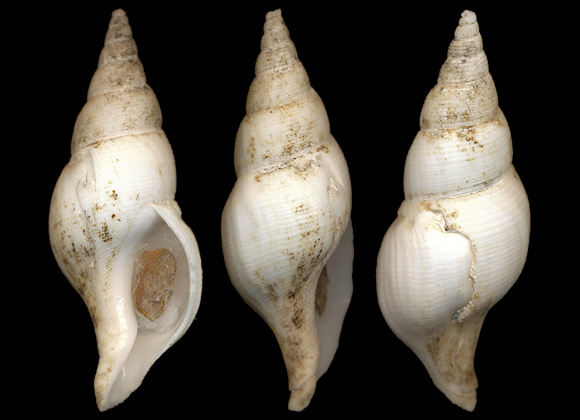 |
« During a cruise of the “Michael Sars” in 1902, the lines on the Faroe Edge yielded a large number of molluscs (Sipho glaber , or a very similar form), which attached themselves to the bait… » – Murray & Hjort: The depths of the ocean, London 1912, p.508. The species is sometimes the voluntary host of some Actinians, such as Hormantia digitata (O. F. Müller, 1776).
Original taxon: Buccinum gracile.
A specimen from English Channel. 30-40m deep, on muddy sand, Saint-Brieuc Bay, N. Brittany, NW. France. 66,5mm.
Despite its name, Colus gracilis is bigger, more solid, with stronger sculpture and less spiral ribs; normally it develops a thick labial lip and the siphonal canal is very short compared to that of jeffreysianus. |
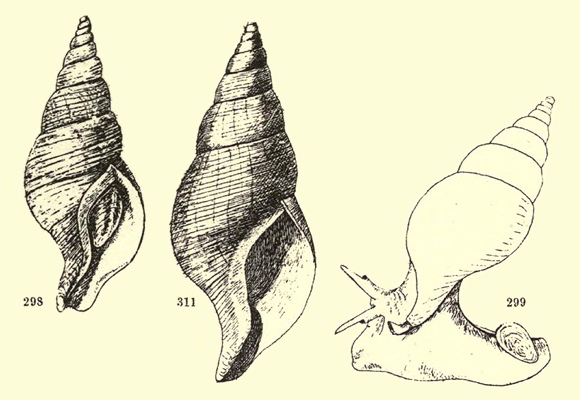 |
Synonyms: glaber, listeri, nicolloni.
In the NE. Atlantic Colini, the northern populations are often less slender, thicker, with a rougher spiral sculpture and a larger suture than their southern relatives. « Sufficient intermediate populations are found in between them to recognize both forms as the extreme units of a cline. A similar cline can be recognized between populations in shallow water (usually a thick shell) and deep water (smaller and thinner shells), however exceptions are found » ( Fraussen & al., 2009).
Sipho gracilis in G. W. Tryon: Manual of conchology, structural and systematic ser.1 v.3, Philadelphia 1881, pl.51. |
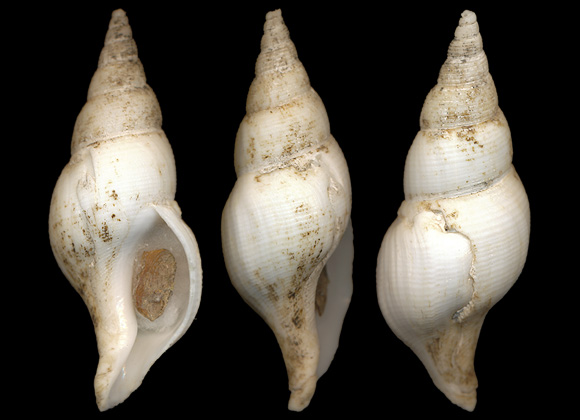 |
Species in the genus are deeemed to be highly variable in all their morphological features, except the protoconch, which remains constant in whorls number and sculpture.
Caernarfon Bay, Gwynedd, Wales, United Kingdom. 70-75mm. |
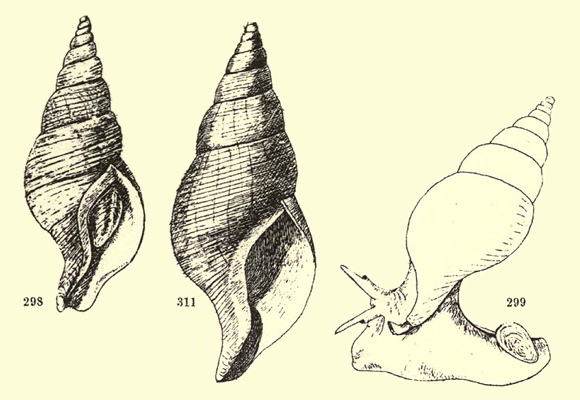 |
| Neptunea glabra (fig.3) and Neptunea gracilis in W. Kobelt: Iconographie der schalentragenden europäischen Meeresconchylien vol. I, Cassel 1887, pl.13. |








